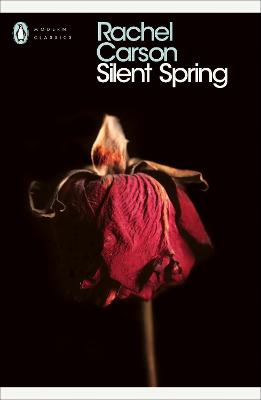Reviewed by gmcgregor on
Carson writes all of this in strong, clear prose that first explains the concepts she's introducing and then illustrates them with examples of the devastating effects of poisons that are marketed as safe and effective on life, from plants all the way up to people. She doesn't condescend and though her urgency is clear, it doesn't feel alarmist or like a scare tactic. Instead, she presents her case that we need to start paying attention and questioning what we're told rigorously but understandably. Science writing often veers into the esoteric, and this book should be used an exemplar for how to write for the popular market without getting bogged down in details or sidetracked into areas more consequential for the author than the reader.
This book's continuing relevance even after it led to the the ban of DDT, the chemical she primarily discusses, is a result of both Carson's skill as a writer and the impact her work managed to have on the public. Not only did it take DDT off the market, it blazed the path that eventually led to the creation of the Environmental Protection Agency by President Nixon. Imaging a book being so popular and espousing its cause so effectively that it led to the creation of a new federal agency in today's world seems preposterous. All of that being said, this book wasn't an unqualified success for me. After a while, her constant use of examples of a chemical being introduced and the death of wildlife that followed started to feel repetitive, blunting its impact. And I found myself a bit skeptical of the rosiness with which she portrayed the alternative option of importing predators for invasive species control...to the best of my understanding, that can have harmful side effects of its own. All in all, though, this book is readable, relevant, and worth a perusal before you go nuts with the Round-Up on the dandelions.
Reading updates
- Started reading
- 11 April, 2018: Finished reading
- 11 April, 2018: Reviewed
